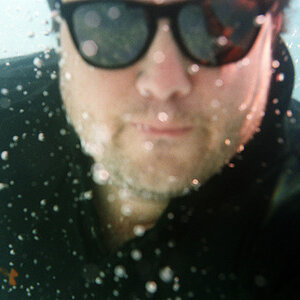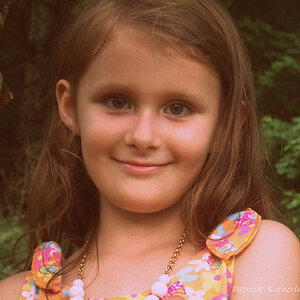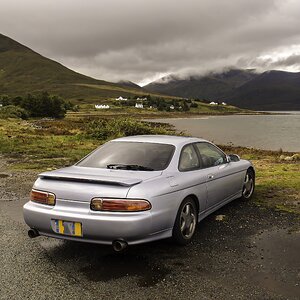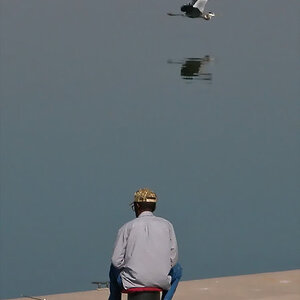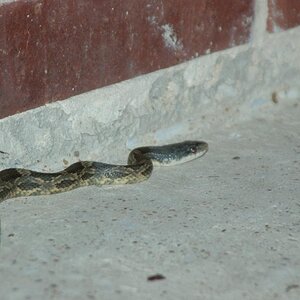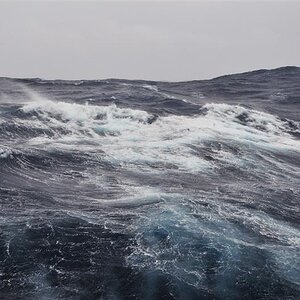jemmy
TPF Noob!
Hi guys, here is my drama.... have been shooting with my CAnon 350D, 50mm 1.8lens, and in RAW... then converting to TIFF with my ZoomBrowser software that came with the camera... I am finding with most of my shots ( portraits mainly) i am needing to up the 'digital exposure compensation' by about +0.5 - +1 to achieve a nice look....... Does anyone know why this is happening and why i cannot seem to master the 'great shot' in-camera. I generally shoot using aperture priority mode and like to keep the widest aperture to blur the background - iso @ 100 mostly... it seems to be happening regardless of light situation (outside under hut, inside lounge room, window light...same story!???).... apart from this exposure issue, i'm quite happy with the results..... Is this common or am i stuffing something up (like usual!!) thanks heaps for your help xx
(like usual!!) thanks heaps for your help xx



